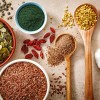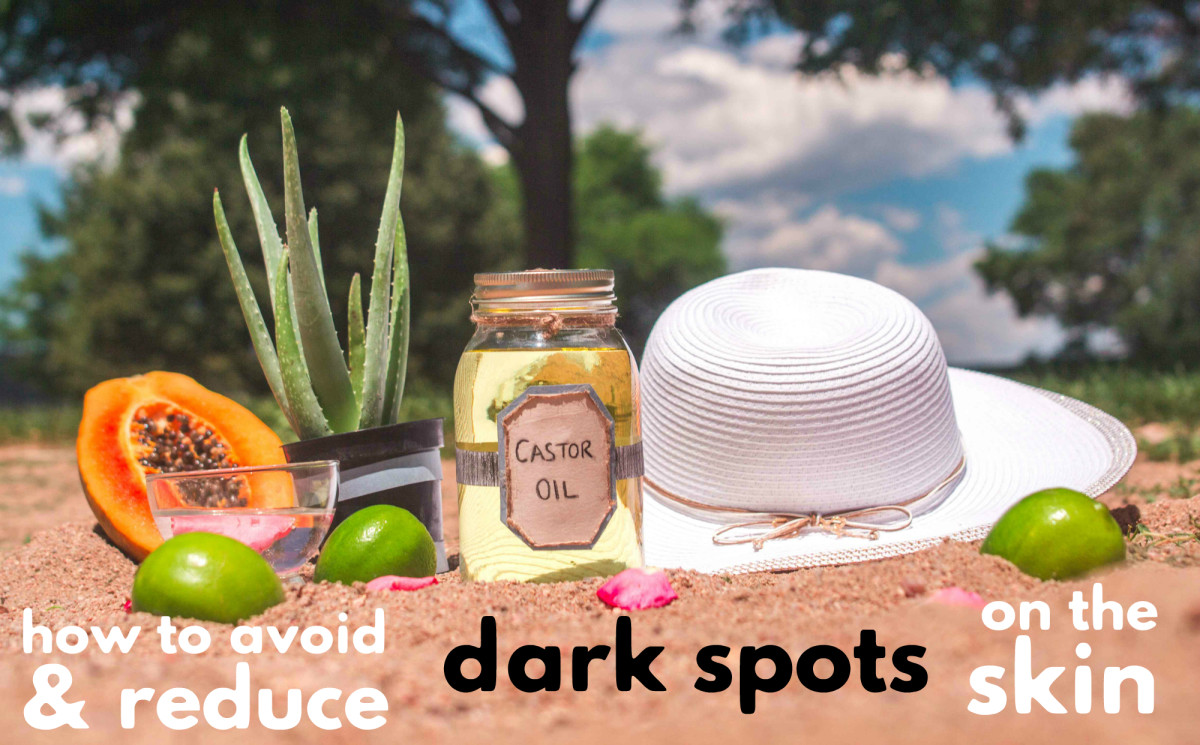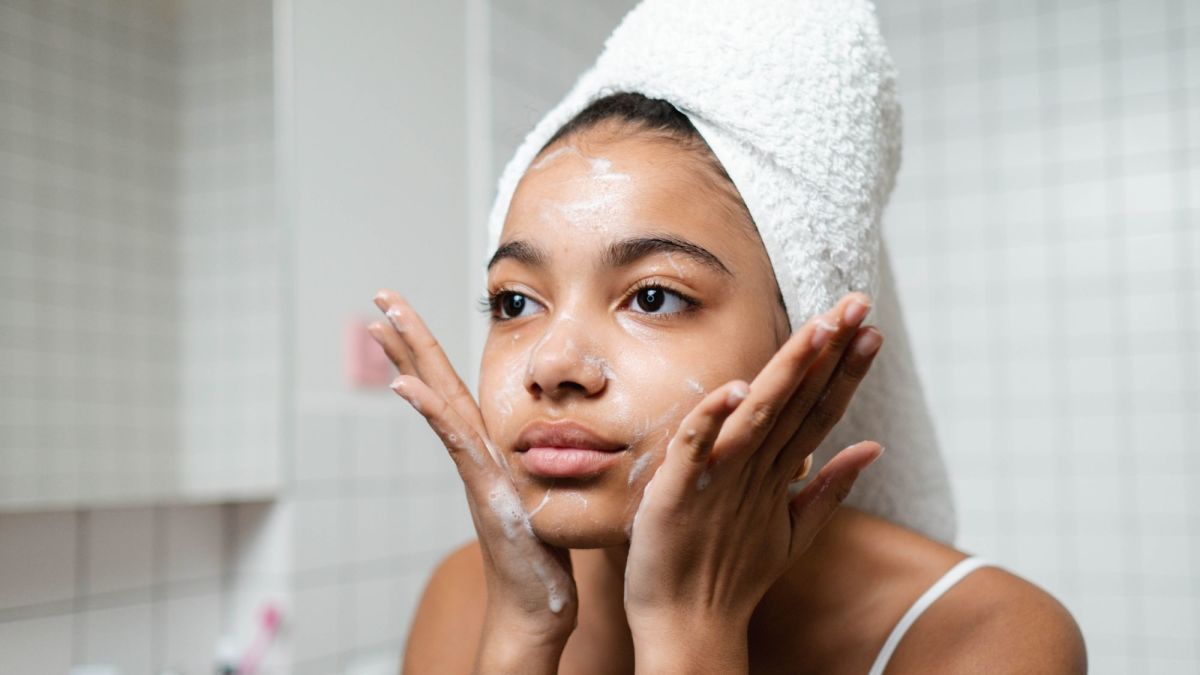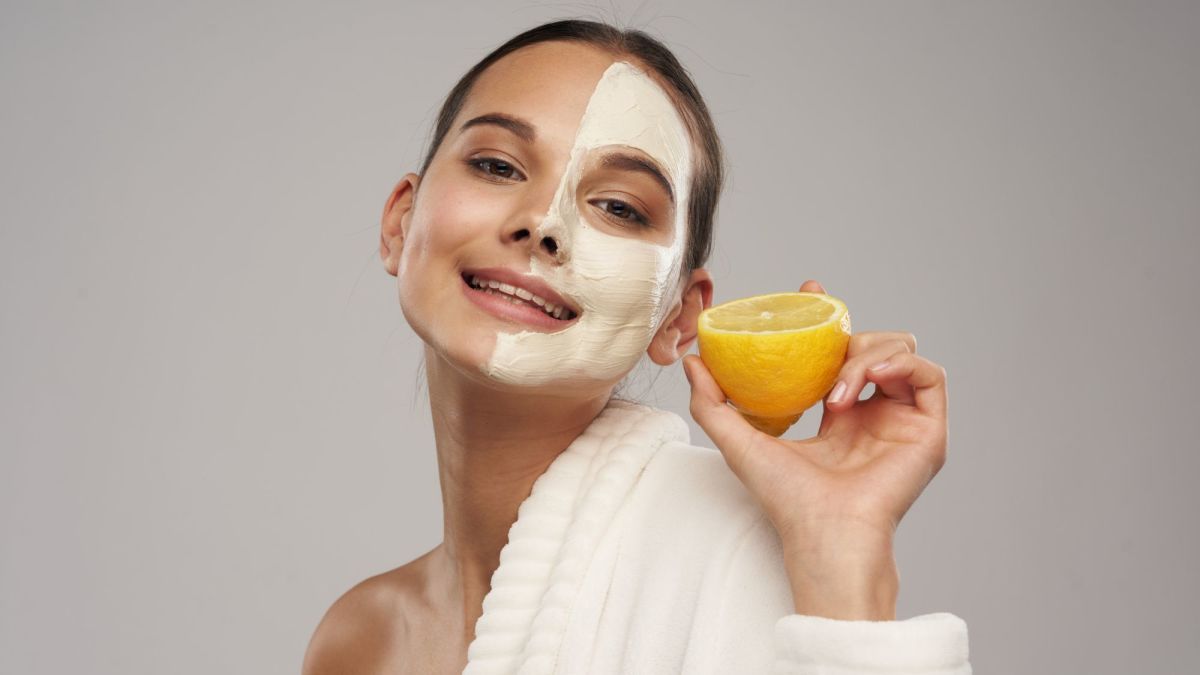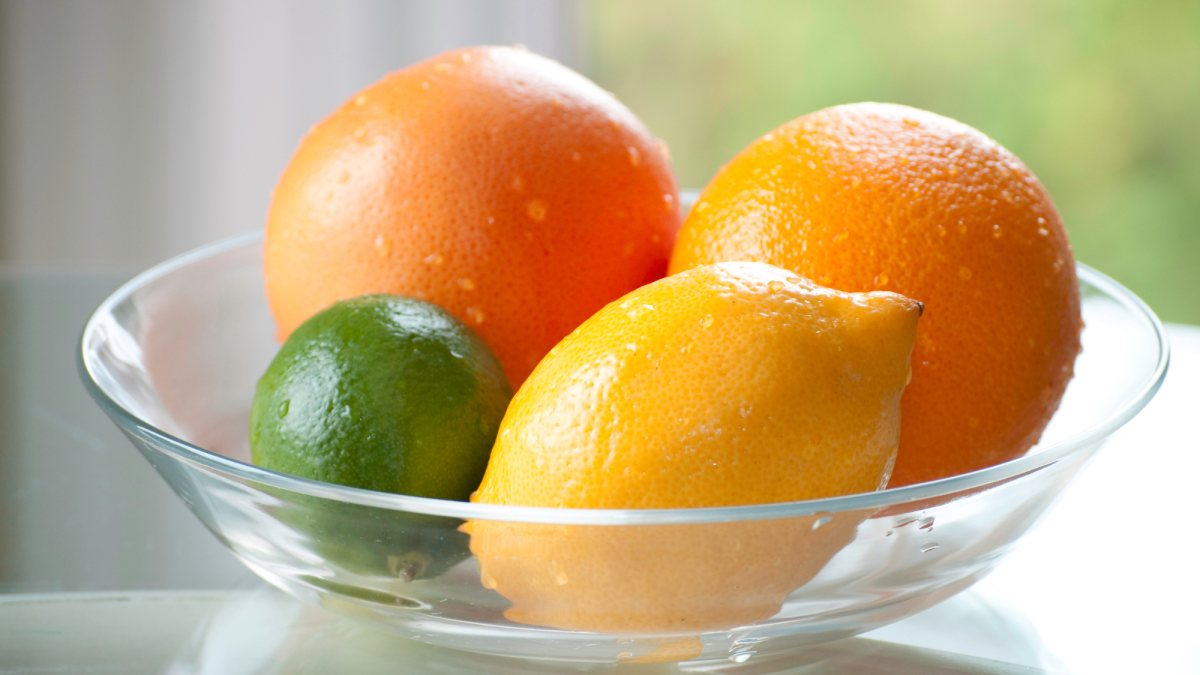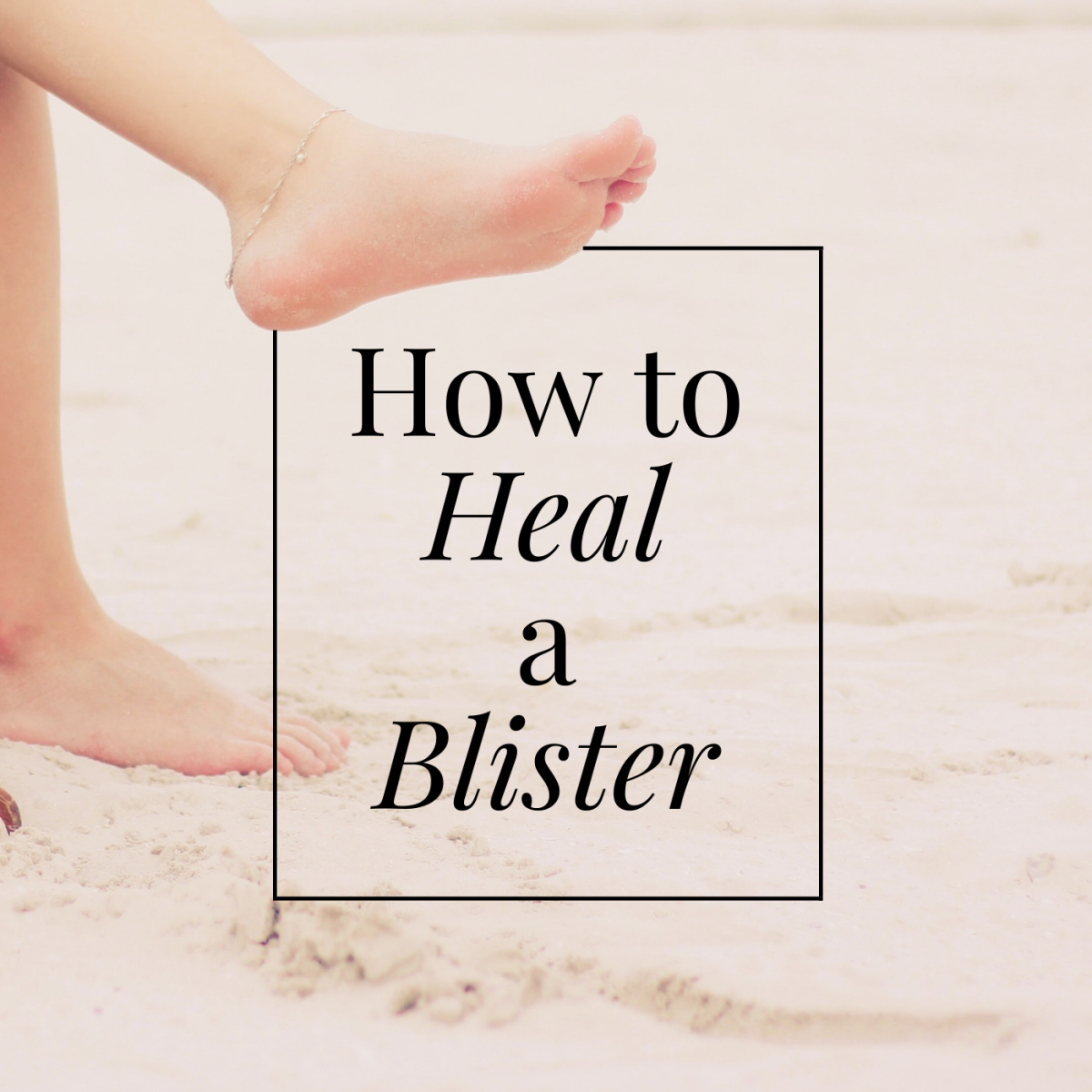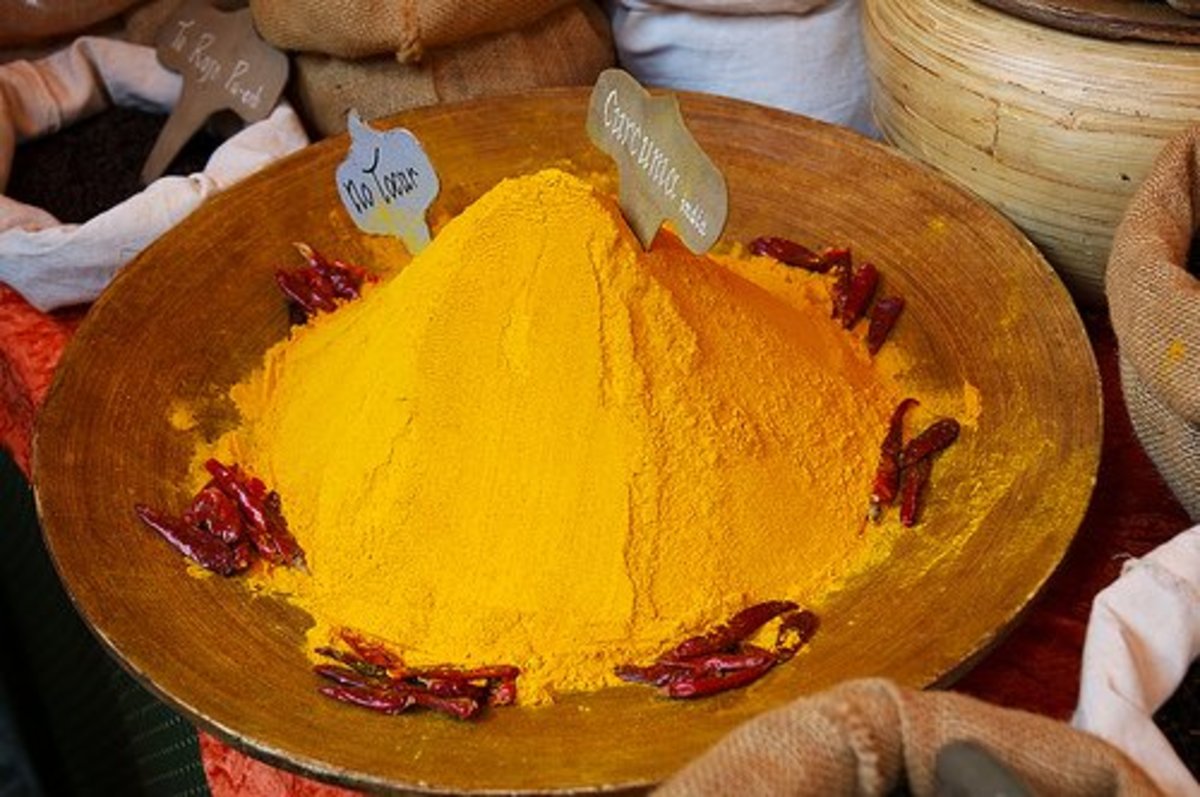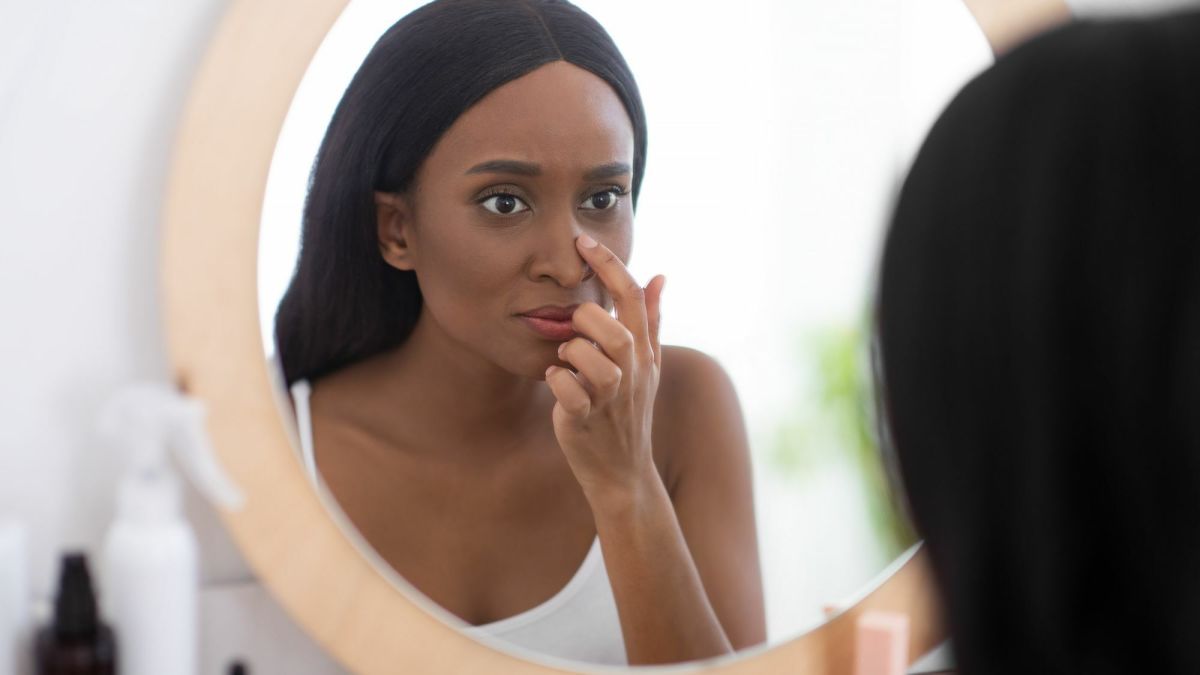How to Remove Dark Spots on the Face Naturally
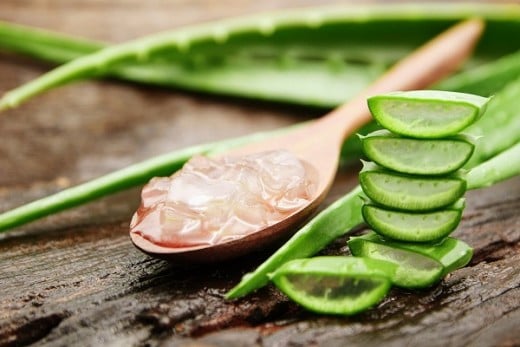
After many summers spent outdoors without adequate sun protection, I started to develop dark spots on the sides of my face and around my mouth. I never realised how aging an uneven skin tone looks! The stubborn spots would not fade away with time and started to affect my self esteem. Naturally, I had to find a solution to get rid of these pesky marks. I was not keen on using chemical based lighteners and preferred to treat my skin condition naturally. I started to research the most effective natural ingredients to help with skin healing and renewal and experimented with a number of different natural masks and cleansers. One of the most effective treatments is the face mask that I am sharing in this article which contains the key natural ingredients listed below.
Natural Ingredient
| Skin Benefits
|
|---|---|
Licorice Root Powder
| Anti-aging and skin soothing properties. An excellent lightening agent thanks to powerful antioxidant Glabridin, which inihibits the action of enzyme Tyrosinase. This aids in controlling the formation of melanin, the pigment which is responsible for causing hyperpigmentation and dark spots.
|
Aloe Vera
| Packed with with antioxidants, enzymes and vitamins A, C, E, B1, B2, B3, B6, and B12. Plant hormone Giberellin found within the gel, stimulates new cell turnover allowing the skin to heal rapidly with minimal scarring. It is for this reason that Aloe was highly revered in Ancient Egyptian times and known as the "plant of immortality".
|
Honey
| A natural humectant which means that it attracts water from it's surroundings, providing hydration without leaving an oily residue. When applied topically, this results in fresher, and plumper looking skin. It was traditionally used to dress wounds due to its excellent antimicrobial properties. Applying it to pimples or acne prone skin will allow the skin to be nourished whilst the honey gently heals.
|
Lemon Juice
| Lemons are a rich source of L-Ascorbic Acid (Vitamin C) which works to boost collagen production in the skin, resulting in firmer, younger looking skin and reduced hyper pigmentation over time. Some studies have shown that vitamin C may help prevent and treat ultraviolet (UV)-induced photo damage.
|

DIY Dark Spot Treatment Mask
This mask is beneficial for fading dark spots caused by skin damage. From personal experience, consistent application results in a noticeable lightening of the affected areas within a month. Visible results will be noticeable from the first application.
The special formulation draws upon ancient wisdom since these ingredients have been used for thousands of years to treat skin ailments.
Ingredients
1 tablespoon Aloe Vera Gel
1 teaspoon Honey
1 teaspoon Lemon Juice
1/2 teaspoon Licorice Root Powder
Method
- Combine the licorice powder with the lemon juice and mix so that it begins to dissolve (it will not dissolve completely).
- Add honey to this mixture and mix well.
- Finally, add the Aloe Vera gel. If the mixture seems too thick, add some more Aloe Vera gel until a gel like consistency is formed
- Apply a thin layer of the mask to affected areas or the whole face and leave it on for approximately 15-20 minutes. If you do not suffer from sensitive skin, the mask can be left on overnight for maximum benefit.
Please ensure that you carry out a patch test before application to ensure that your skin is not sensitive to any of the ingredients. The mask should be applied at night since it contains lemon juice which can make the skin sensitive if exposed to sunlight during or directly after application. This mask should be used 3-4 times a week to see noticeable results and can be stored in the refrigerator for up to one week.
Please note: To ensure maximum potency of ingredients and hence maximum benefits, ensure all ingredients are organic. Organic ingredients are free from artificial chemicals, fertilizers and pesticides preventing further irritation to the delicate facial skin. Try to buy cold pressed Aloe Vera Gel and raw honey where possible, as these products are minimally processed which means the bioactive ingredients are at their maximum potency.
Please note—If irritation occurs, then you should discontinue use, as the mask may not be suited to your skin type (but this would be rare).
It is always important to remember that dark spots, uneven skin tone and hyperpigmentation could be a sign of underlying health problems, and it's always best to get a check up from your GP and get treated. This mask, however, is great for any existing pigmentation on your body.
I really hope this works for you as well as it did for me.
Another effective natural treatment that I have tried and tested is my Turmeric face mask for hyper pigmentation which I have talked about in this article.
- Turmeric—A Natural Treatment for Hyperpigmentation
Here is how I used turmeric to treat my own hyperpigmentation. With time, my dark spots disappeared, leaving an even skin tone.
What causes dark spots on the face?
Dark marks on the skin are caused by a variety of factors including:
- Sun exposure - The three types of dark spots formed on your skin — ephelides (freckles), lentigines (brown spots) and melasma (hyperpigmentation) are all caused by the sun. In fact, around 90% of premature skin aging and damage comes from the sun so it makes sense to protect yourself adequately from harmful rays.
- Hormonal imbalance- Medical conditions such as Polycystic Ovarian Syndrome and menopause can throw off hormonal balance of oestrogen and progesterone leading to the overproduction of skin pigment melanin causing dark marks and uneven skin tone. It is essential to identify the root cause of the imbalance by consulting with your physician and ensuring that the underlying issue is treated first before focusing on topical treatments.
-
Post- inflammatory hyper pigmentation: The aftermath of acne, rashes and sporadic breakouts can leave behind scar tissue during the healing process which can lead to dark marks. Unfortunately, South Asian/Black skin types are much more genetically susceptible to being left with stubborn dark marks which are hard to get rid of.
The three types of dark spots formed on your skin — ephelides (freckles), lentigines (brown spots) and melasma (hyperpigmentation) are all caused by the sun.

Prevention is better than cure
In addition to treating existing pigmentation issues, adopting a preventative skin routine can help to prevent further skin damage occurring. Remember prevention is better than treatment! Once the skin has been damaged, much more time and effort is required to bring it back its former state. Use the following tips and your skin will thank you in the years to come:
1) Sun protection- Always wear a good quality sunscreen when stepping out into the sunshine. A board spectrum sunscreen will protect from both UVA and UVB rays that are damaging to the skin. You should be wearing a broad-spectrum sunscreen of at least SPF 15 every day, rain or shine to protect your skin from harmful UVA and UVB rays.
2) Eat your Antioxidants- Antioxidants mop up damaging free radicals in the body which contribute to skin damage on a cellular level. Leafy greens, citrus fruits, berries and foods with high Omega-3 content such as Flax seeds and Salmon should all be on your next shopping list. Research shows that their carotenoid content can help skin reflect UV rays.
3) Hat and Sunglasses- In the warmer summer months its sensible to physically block out direct sunlight by wearing a hat and sunglasses. Wear long sleeve shirts, sunglasses with UV protection and a hat which shades the face adequately.

Topical Dark Spot Treatments
If you don't have the time to make your own natural treatments at home or you simply want to utilise more potent chemical treatments for faster results, there are plenty of options on the market which combine scientifically proven effective chemical ingredients which work hard to counter those stubborn marks.
Key ingredients to look out for include: Vitamin C, Kojic Acid, Licorice root and Niacinamide.
Disclaimer—All material in this article is provided for your information only, and should not be taken in the place of medical advice or instruction. Readers should consult appropriate health professionals on any matter relating to their health and well-being.
